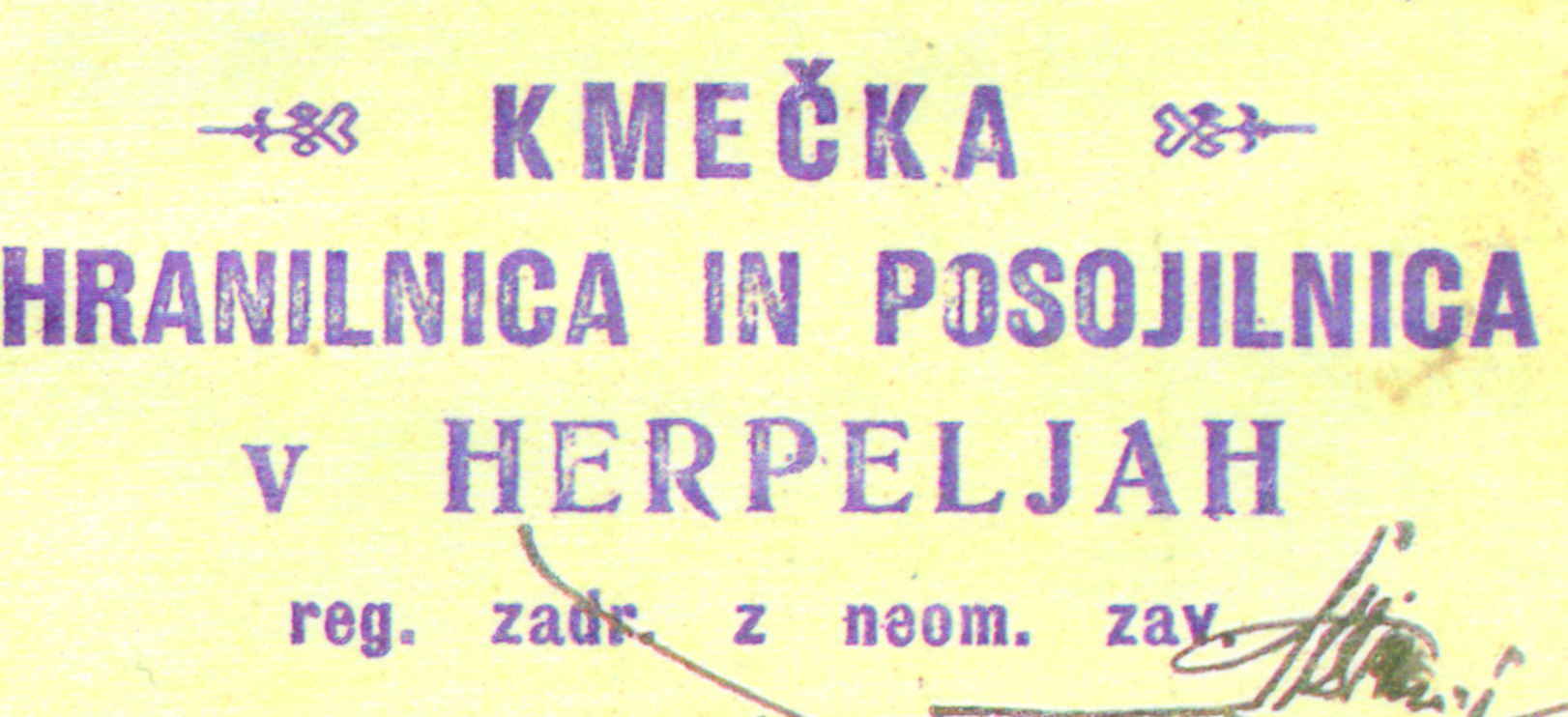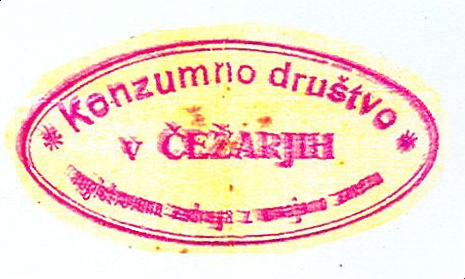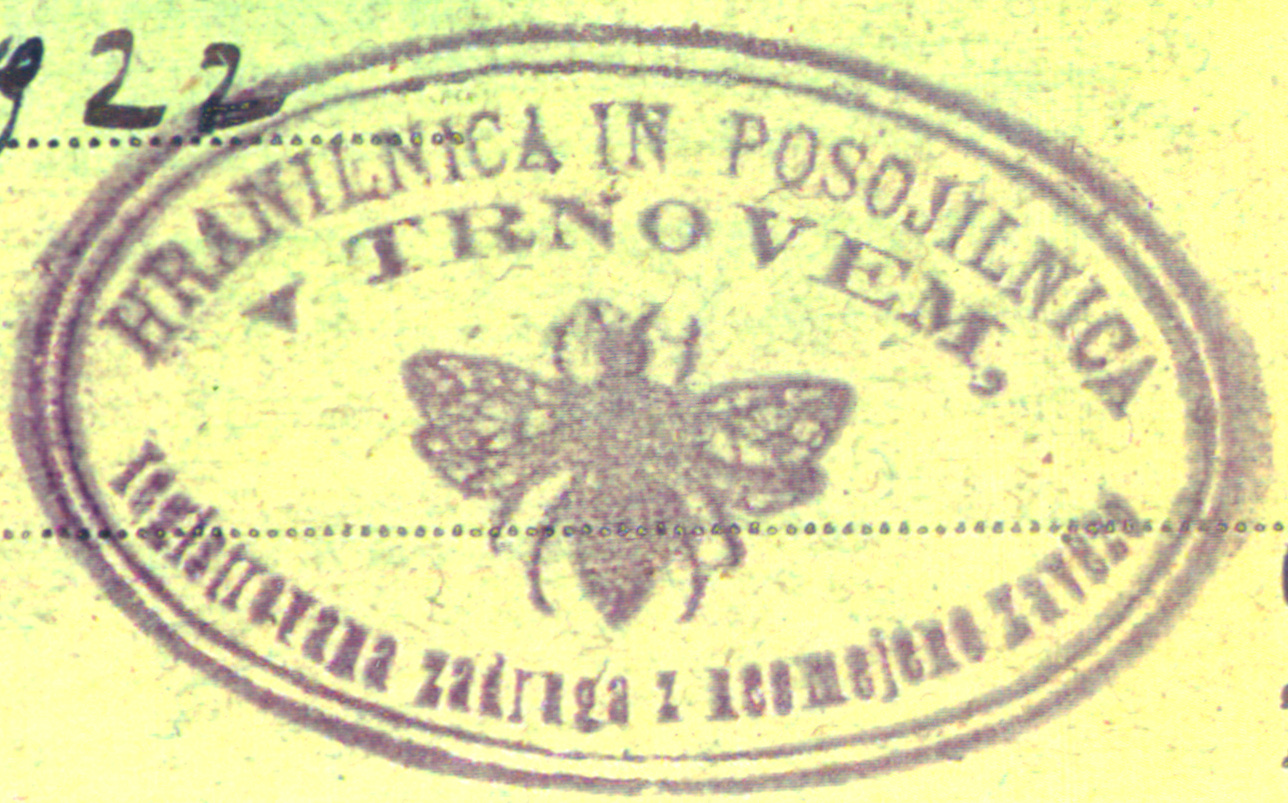The beginnings of cooperative savings and loan societies are connected to the tabor movement. The leaders of the movement for national rebirth were well aware that national and cultural emancipation were impossible to attain without solid economic foundations. Political associations and parties, most notably the political association Edinost (“Unity”), worked to achieve the economic independence of Slovenes and Croats in the Trieste area and in Istria. Commercial and other cooperatives, consumer societies and banking institutions were founded at their initiative. Austria had in fact encouraged the establishment of savings and loan societies in as early as 1883. Slovene agricultural holdings were getting smaller as a result of growing debts and it therefore became necessary to create Slovene banking institutions that could gradually improve the economic situation of farmers. A savings and loan bank was established in Koper in 1884, followed by others in rural areas from the end of the nineteenth century onwards.
 The Narodni Dom in Pobegi, opened in January 1904, was the seat of village economic and cultural organisations.
The Narodni Dom in Pobegi, opened in January 1904, was the seat of village economic and cultural organisations.
 The Narodni Dom in Trieste, built in 1904, is a symbol of the national rebirth of the Slovenes of Trieste and Istria. It housed the premises of political, economic and cultural/educational organisations.
The Narodni Dom in Trieste, built in 1904, is a symbol of the national rebirth of the Slovenes of Trieste and Istria. It housed the premises of political, economic and cultural/educational organisations.
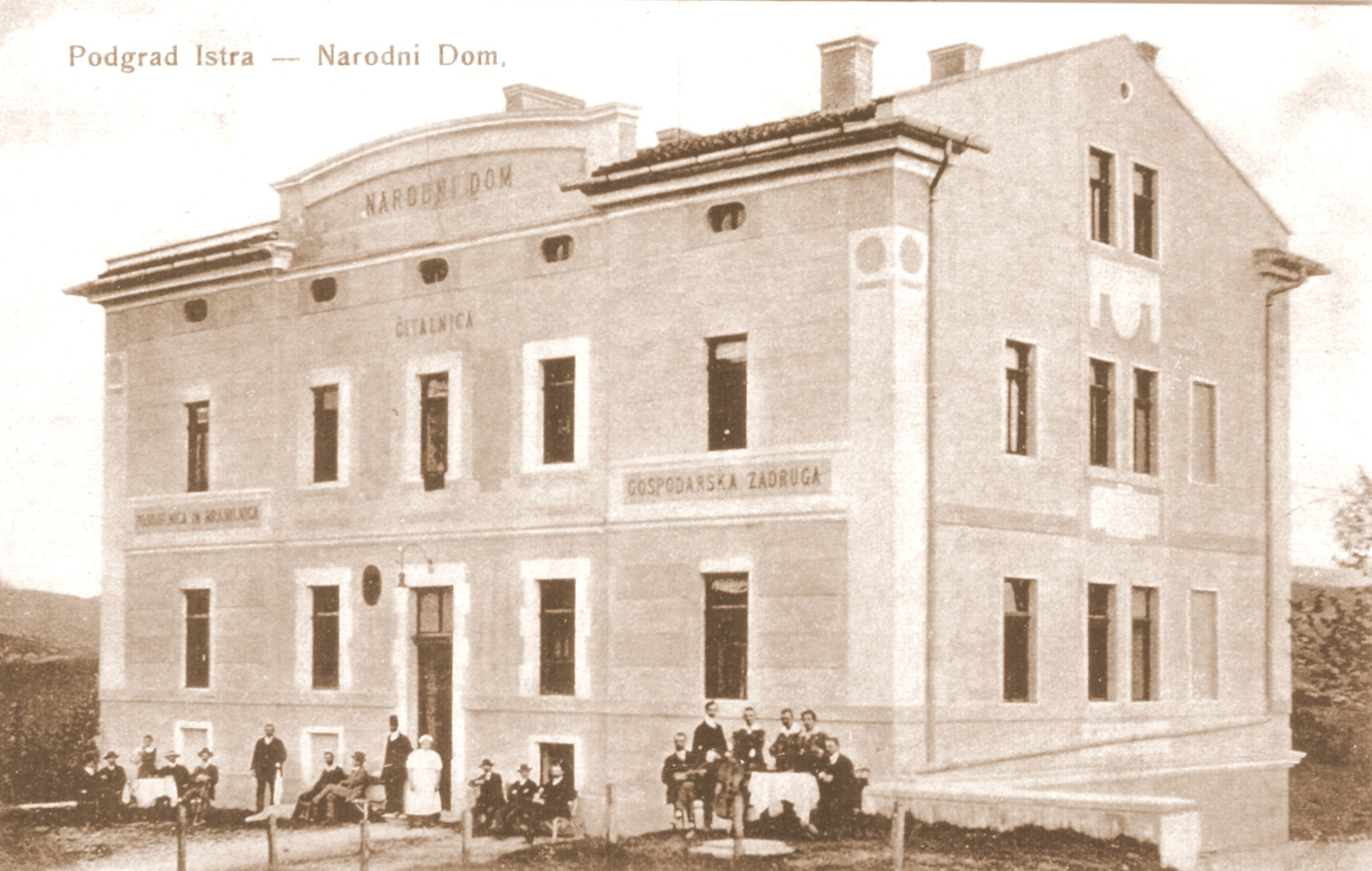 Narodni dom v Podgradu, zgrajen leta 1905. V njem so imele sedež kulturne in gospodarske organizacije.
Narodni dom v Podgradu, zgrajen leta 1905. V njem so imele sedež kulturne in gospodarske organizacije.



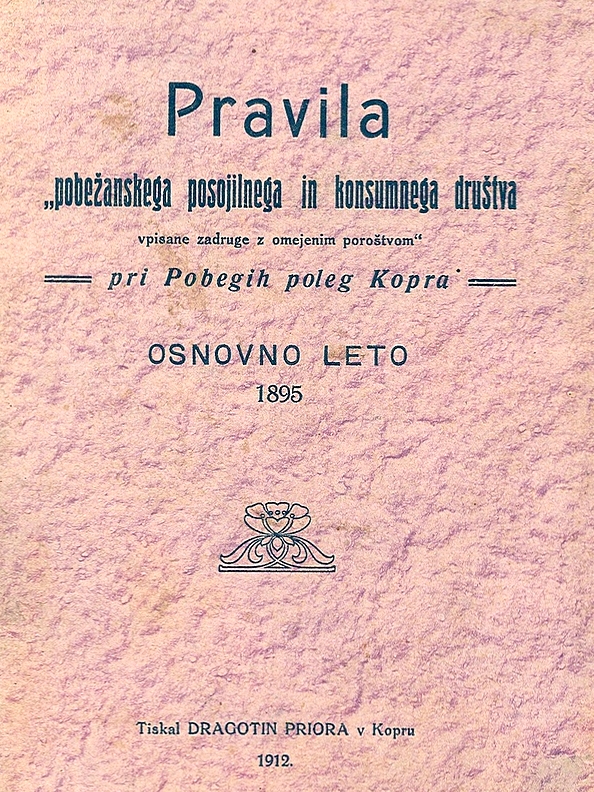
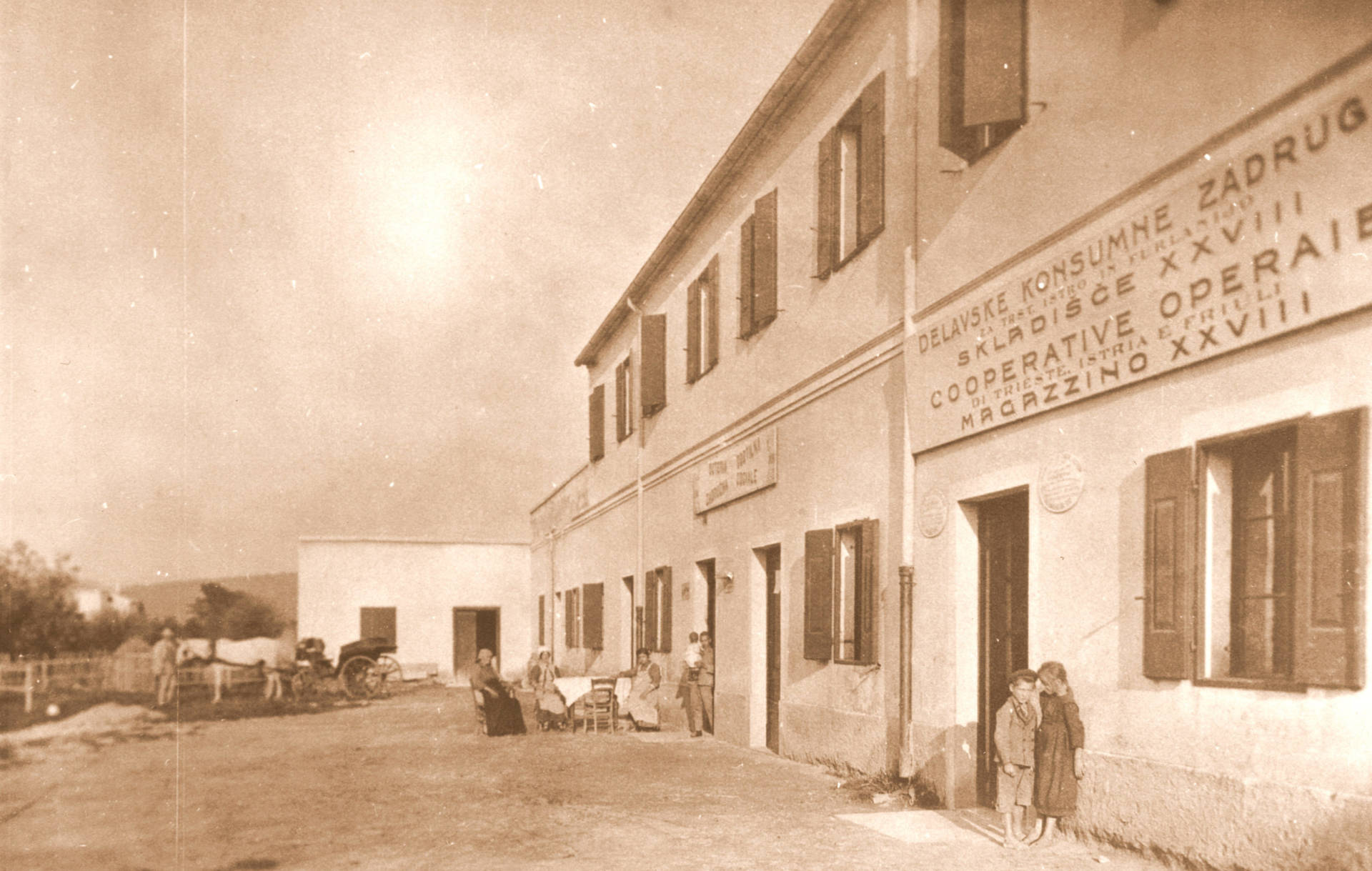 Storehouse of the Workers’ Consumer Cooperative in Bertoki, which began operating in 1906.
Storehouse of the Workers’ Consumer Cooperative in Bertoki, which began operating in 1906.
 Slavoj Jenko’s shop in Podgrad.
Slavoj Jenko’s shop in Podgrad.

